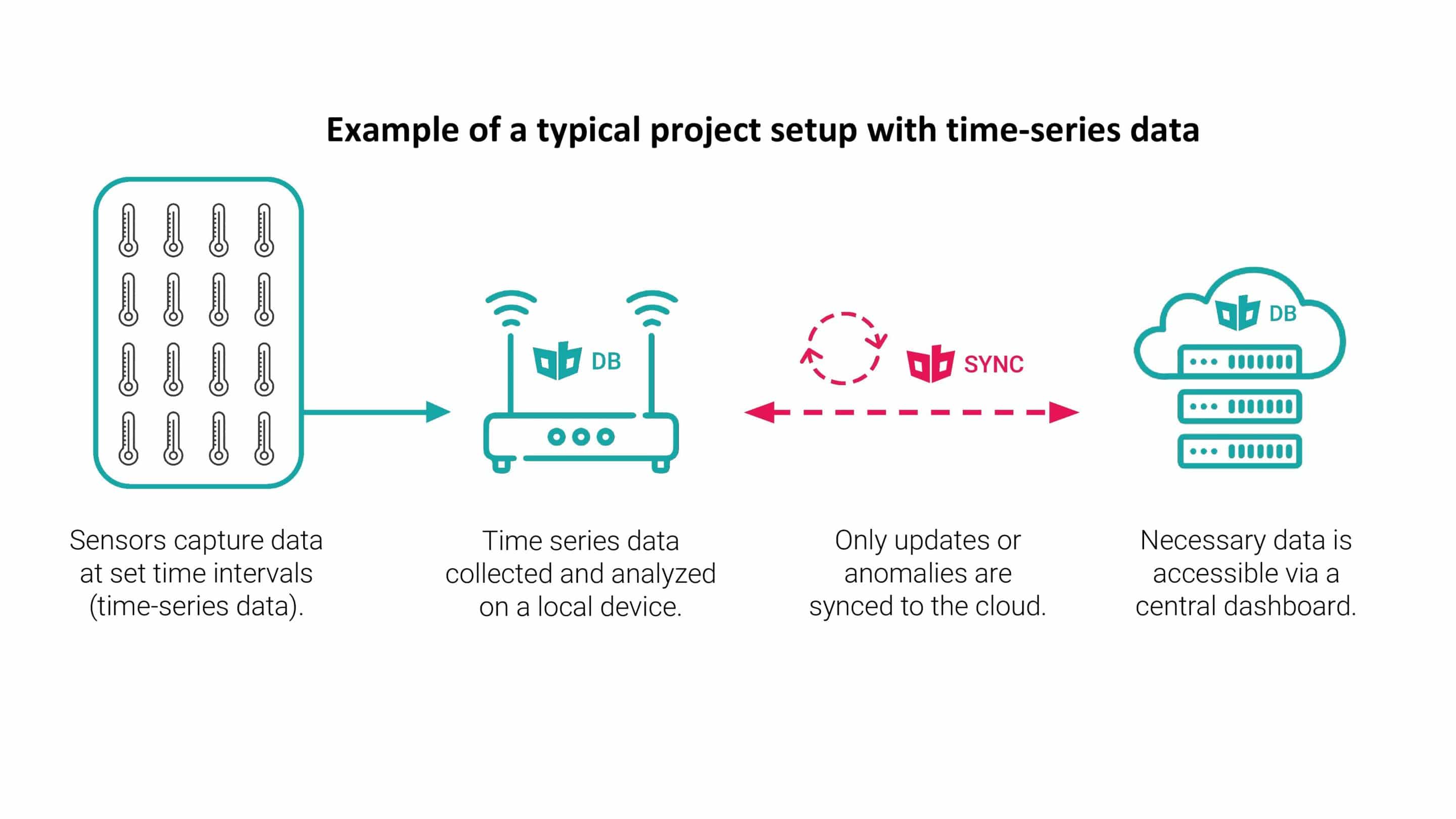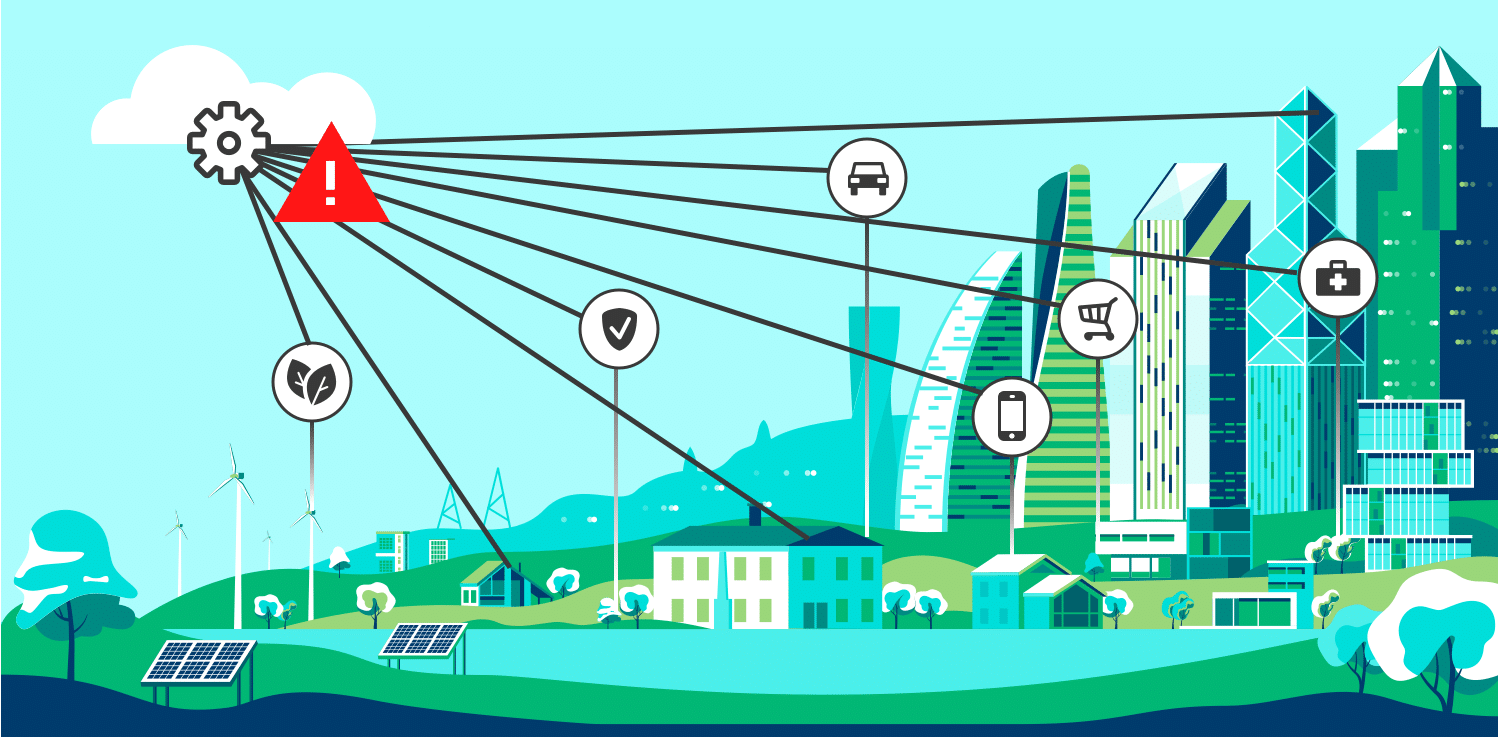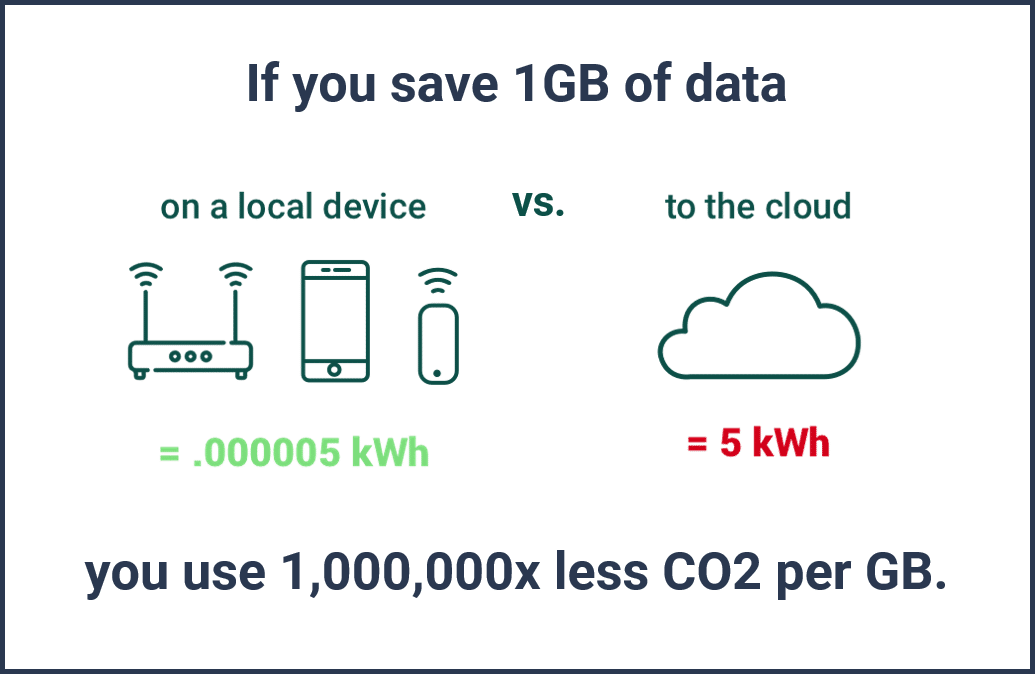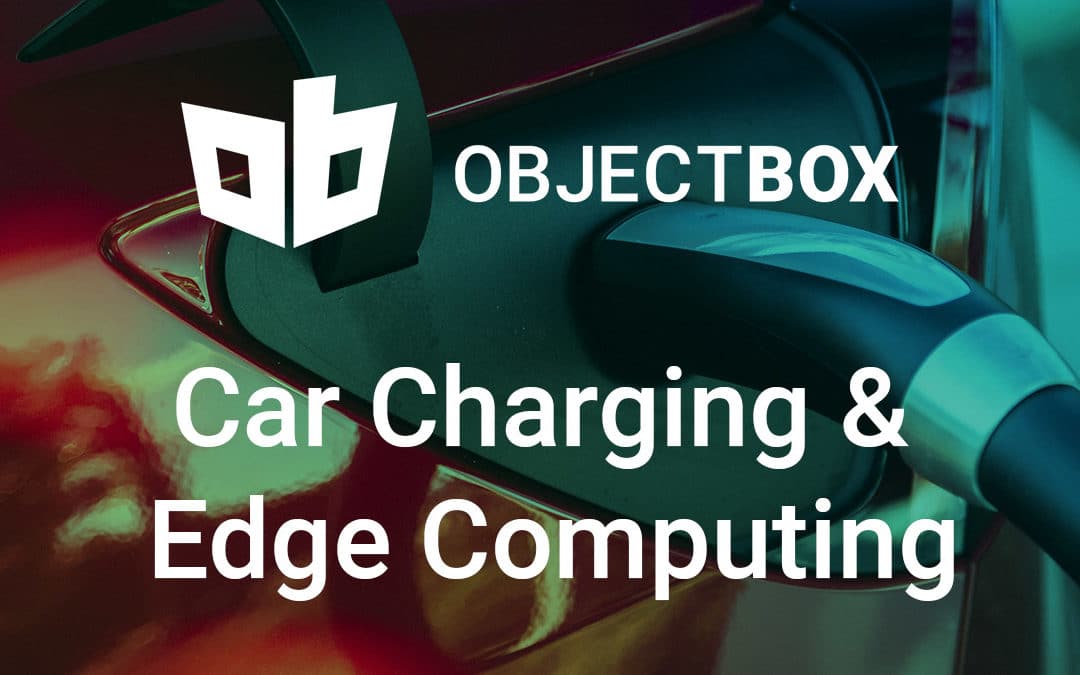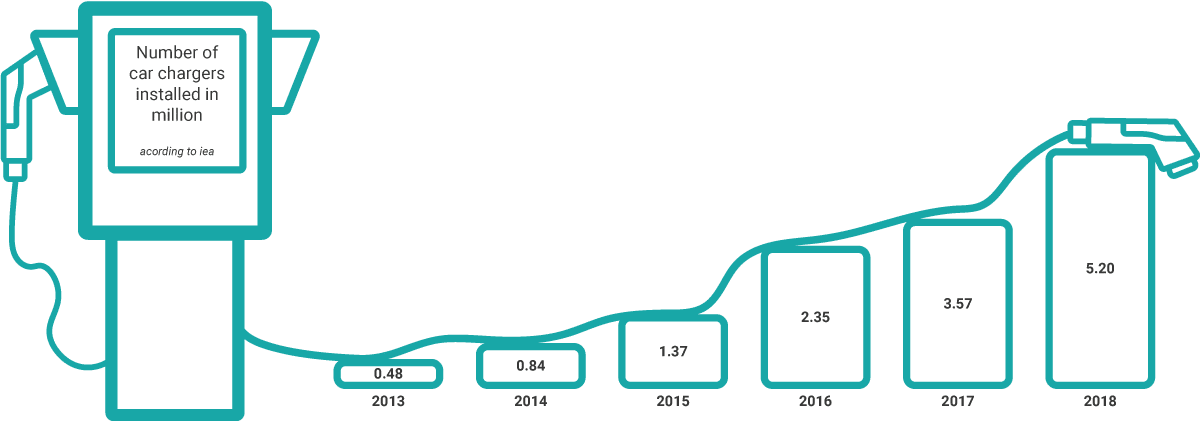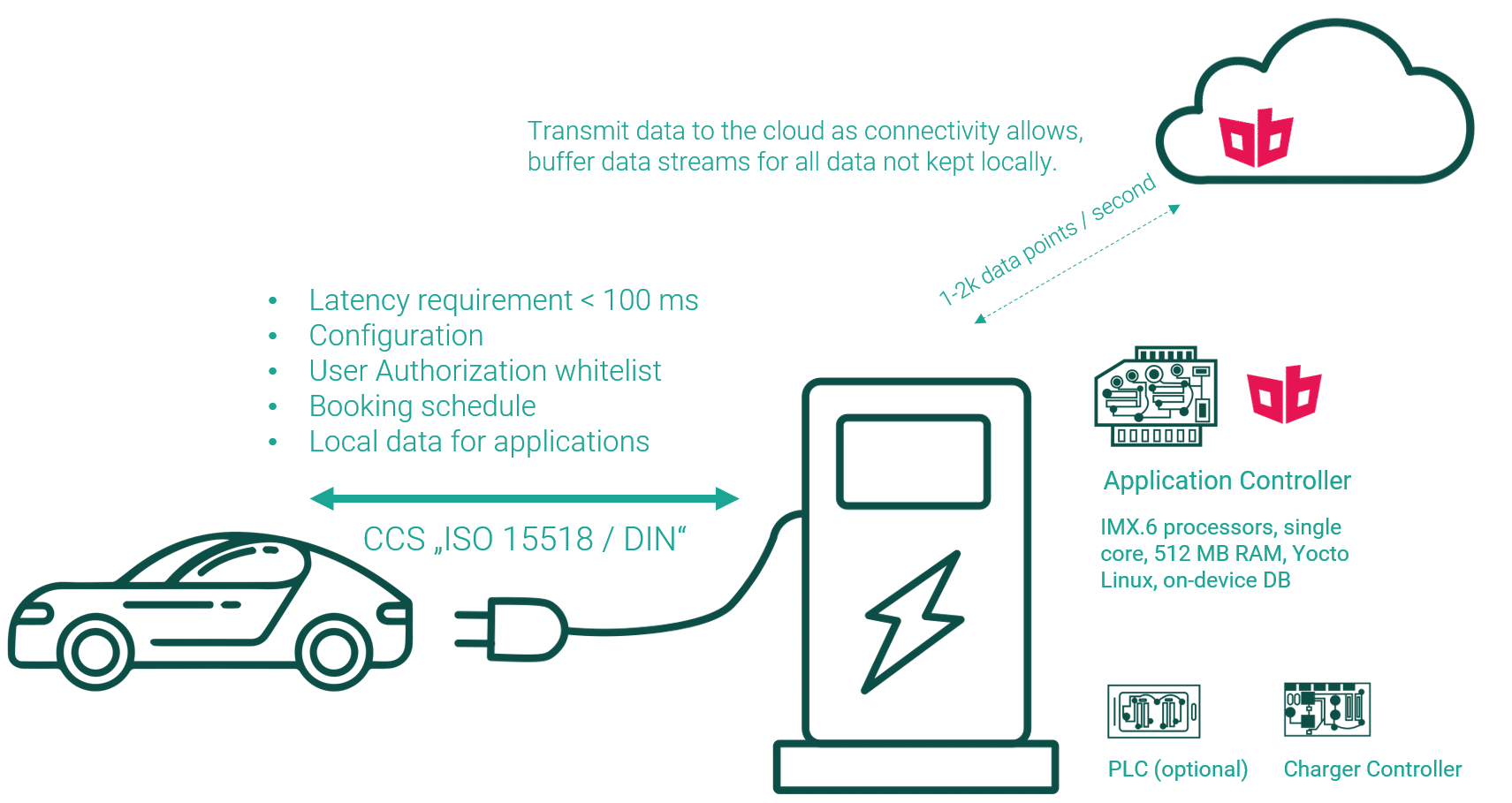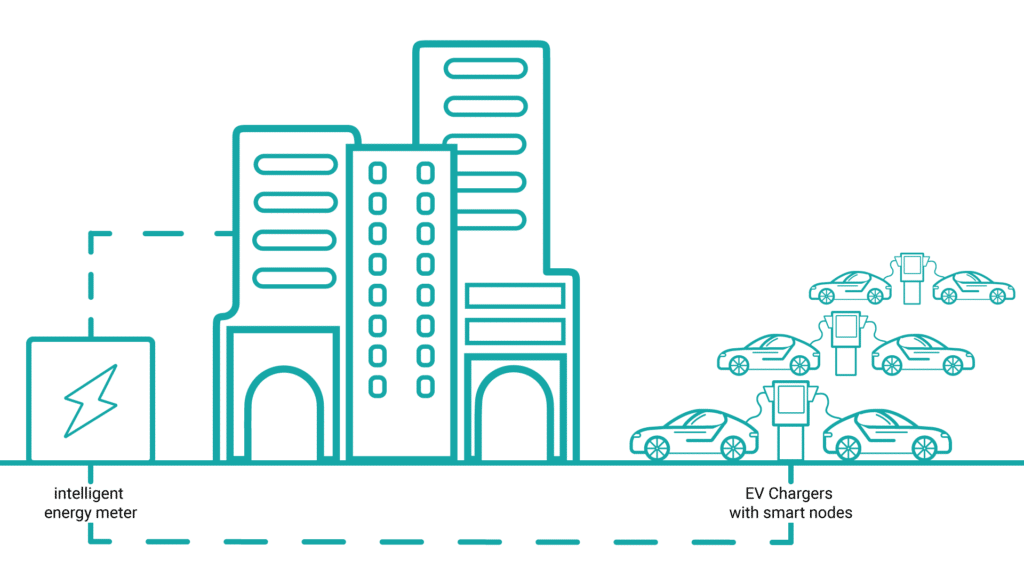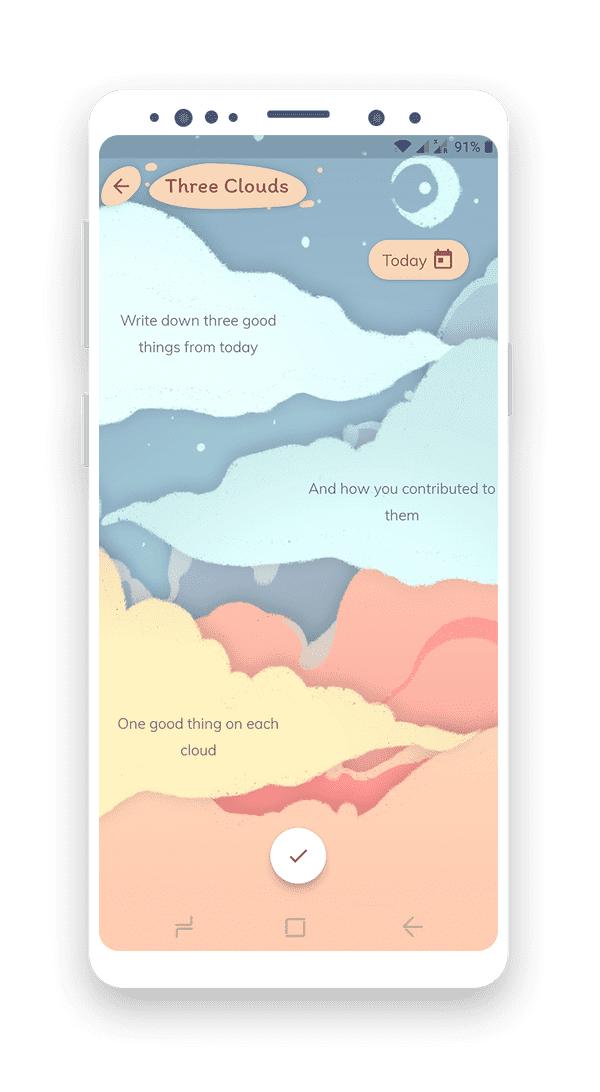
ObjectBox Recognized as a Sustainable Profitable Tech Solution by the Solar Impulse Foundation
ObjectBox is proud to be officially recognized as a sustainable and efficient solution by the Solar Impulse Foundation. Although we have self-identified as a #sustainabletech company since our induction, we’re proud to be recognized as an “efficient, clean and profitable solutions with a positive impact on environment and quality of life,” after taking part in an in-depth technical and business evaluation with the team at the Solar Impulse Foundation.
Empowering tech innovation
This label recognizes that ObjectBox empowers innovation with a highly efficient and sustainable technology. The Solar Impulse Efficient Label identifies sustainable tech solutions from around the world to help companies choose their tech stack responsibly.
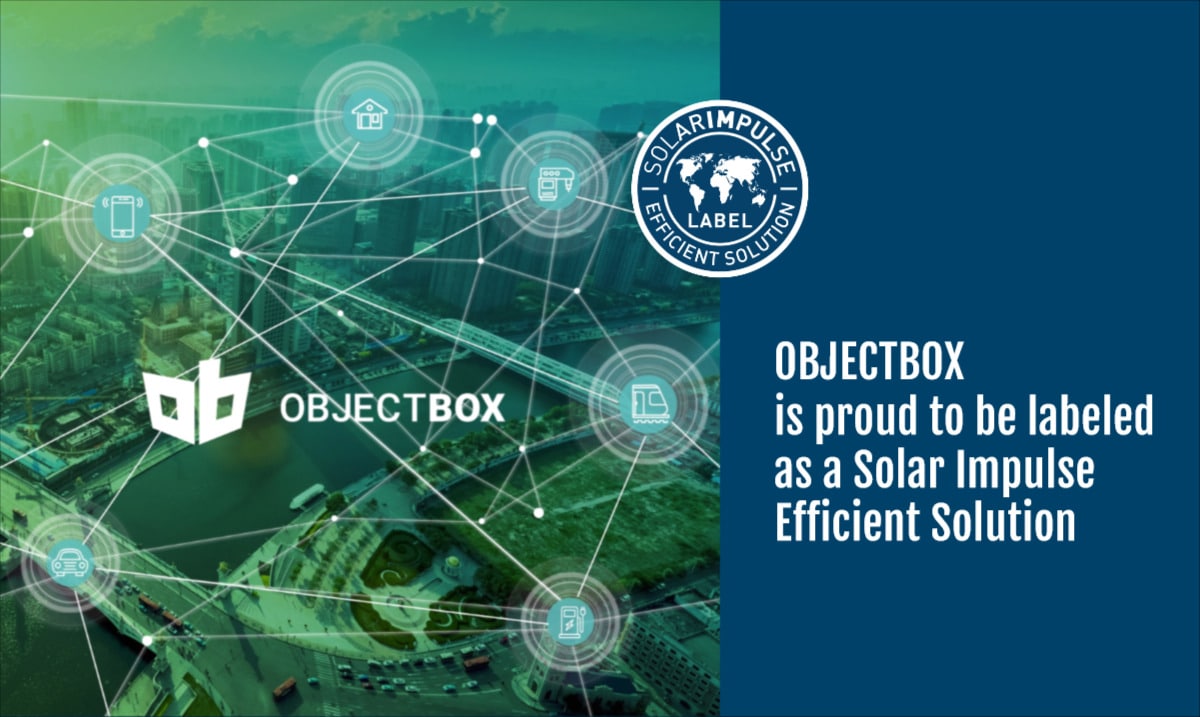
UN Sustainable Development Goals
All Solar Impulse awardees contribute to one or several of the UN Sustainable Development Goals; ObjectBox received the globally recognized label for supporting three of the Solar Impulse focused initiatives:
- Affordable and Clean Energy: ObjectBox
- Clean Water and Sanitation
- Industry, Innovation and Infrastructure : ObjectBox
- Sustainable Cities and Communities: ObjectBox
- Responsible Consumption and Production
How is ObjectBox sustainable?

ObjectBox enables scalable and sustainable digitalization with a high performance edge database solution and synchronization solution. The ObjectBox database empowers local data storage, while ObjectBox Sync reduces unnecessary data traffic. ObjectBox is therefore ideally suited for efficient, useful, and sustainable Edge Computing.
Comparing the transmission of the same data sets, ObjectBox saves 20-60% on transmission data volume. By combining delta syncing with efficient compression based on standard and proprietary edge compression methods to keep data small, ObjectBox can reduce device energy consumption and thus CO2 emissions for data transmissions.
As our digital world grows, we all need to do what we can to structure these digital environments in an efficient and sustainable way. ObjectBox helps reduce digital waste. Digital waste unnecessarily burdens bandwidth infrastructure and fills cloud servers, forcing the expansion of cloud farms and in turn, contributing to the pollution of the environment. Therefore, we are excited to be part of the 1000solutions program.
What does it mean to get a Solar Impulse Label?
The Solar Impulse Label: a label focused on both the environment and profitability
The first label to assess the economic profitability of products or processes that protect the environment. The Solar Impulse Efficient Solution Label is attributed following a strict selection process performed by external independent experts. By ensuring high standards of sustainability and profitability, this internationally recognized label is considered as a credible marker of quality for solution seekers in business and governments, facilitating their sourcing of solutions to reach environmental commitments.
About the Solar Impulse Foundation
The Solar Impulse Foundation aims to identify clean, efficient and profitable solutions in order to accelerate their implementation and the transition to a sustainable economy. Thanks to the awarding of a label with high standards of sustainability and profitability, the Foundation can support political and economic decision-makers in their efforts to achieve their environmental targets and encourage them to adopt more ambitious energy regulations, necessary for implementation at large-scale of these solutions on the market. A way to take the success of the first round-the-world solar flight further.







